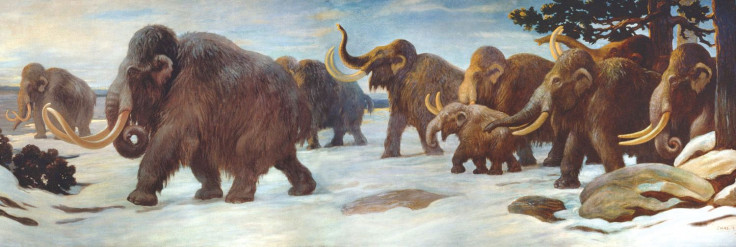11-Year-Old Boy Finds Largest and Most Well-Preserved Wooly Mammoth in a Century

An 11-year-old Russian boy may have quite the future in paleontology. Yevgeny Salinder discovered a remarkably well-preserved wooly mammoth, the largest and most well-preserved of the species since a 1901 discovery.
While roaming around his home in North Russia, by the Sopkarga polar weather station, Salinder came across the corpse that is now estimated to be 30,000 years old. As soon as he discovered it, he reported his finding to his parents, who alerted several scientific experts and authorities.
Unlike previous discoveries, Salinder's findings were not just bare bones. The find included the right half of the mammoth's body - soft tissue, skin, hair, reproductive organs, a tusk, an assortment of bones, and a skull with a single ear.
Experts speculate the mammoth was male and was 15 or 16 years old at the time of its death. Already, they have discovered that the mammoth's humps, first portrayed in Paleolithic paintings, were not part of its spines, as previously believed. The humps were actually stores of fat evolved in order to help the enormous animal survive the brutal winters.
It took scientists a week to chip out the mammoth's remains. They used picks, axes, and steam. The animal weighed 500 kilograms, or over 1,100 pounds. After its extraction, it was air-lifted to Dudinka, the northernmost point in Eurasia, in a helicopter and put into an ice chamber there. When the official paperwork is filled out, it will be studied by prominent paleontologists from Moscow and St. Petersburg.
The mammoth will be named after the boy, called the "Zhenya" mammoth, a nickname of Yevgeny. The honor is uncommon since fully grown mammoths do not typically get bestowed a name. But "Zhenya" will be mainly a nickname; its official name will be the Sopkarginsky mammoth.
Previously, Russian outlets had reported that the Russian Academy of Sciences and the Japanese Kinki University had planned to clone a wooly mammoth together. The Japanese university has been working for 15 years on cloning pre-historic plans. It is unclear whether this discovery will affect their plans.
Published by Medicaldaily.com



























